Escape the Game:
How to make puzzles and escaperooms
by Adam Clare M.Ed
Copyright 2015 AdamClare
ISBN 978-0-9950221-0-2
All rights reserved. No part ofthis book may be reproduced or transmitted in any form or by anymeans whatsoever without express written permission from theauthor, except in the case of brief quotations embodied in criticalarticles and reviews. Please refer all pertinent questions to thepublisher.
Thisboo k is nota legal document and should not be used for legal advice. Solutionsprovided in this book are merely suggestions. When it comes tolegal, puzzle, and other advice found in this book, readerdiscretion is advised.
Publisher:Wero Creative Press
Illustrations: Samet Choudhury
TABLE OF CONTENTS
Chapter 1  Introduction
Introduction

ABOUT THIS BOOK
With this book I hope to address the most commonquestions that people have about designing, making, and runningescape rooms. I want anybody who designs puzzles and challenges toknow that the mechanics are the message. Ultimately, if your gameis not a cohesive experience from the theme to the puzzles then theplayer experience will suffer.
I was inspired to write this book by playing escaperooms that made major, but easily fixed, game design mistakes. Ihope to inspire designers to think holistically, to think abouttheir escape rooms as more than the sum of their parts.
My interest in escape rooms began in onreal-life room escape games, further proof that they are gettingmore popular.
Escape rooms have seen massive year over year growththat shows no signs of slowing down. They have branched out fromwhere they started in Asia and have now landed seemingly everywherefrom New York to Prague.
There are more than 2,600 real escape games in 60 countries with more openingevery month. The growth in Toronto alone has been amazing towitness with 0 in 2012 and now there are 56 escape games in 2015plus an additional 40 in the surrounding suburbs. This seeminglyimpressive number of games pales in comparison to Beijing which has182!
This book looks beyond design issues to the businessissues that concern escape room creators based on the broadquestions that have come my way as a consultant, game designer, andprofessor of game design. Indeed, the first iteration of this bookwas just answers to questions that people have emailed me becauseof the popularity of my posts This book is now more thanthat.
The first half focuses on the design of an escaperoom while the second half focuses on the operation of an escaperoom experience.
It starts where most people start when thinking ofan escape room: the theme. From there, the rest of the firstchapter focuses on the fundamentals of making a room. The secondsection is about making the play experience memorable and how tomake puzzles that people like to play.
The second half of the book talks about aspects ofmaking and running rooms that last. The final chapter of the bookaddresses questions that arise in terms of the business of escaperooms. This book will not give you answers but it will bring toyour attention many issues owners of escape rooms wish they thoughtabout before they started.
Feel free to skip to whatever section is the mostinteresting to you or go ahead and read it straight through.
How you use this material is up to you. It is myintention to make you think differently about games and to make youthink about games in a new way. It is my hope that by sharing thisinformation on game design with people make escape rooms that wewill all get to play better, more fun, escape rooms.
It is time to add your escape room to this nascentfield of play!
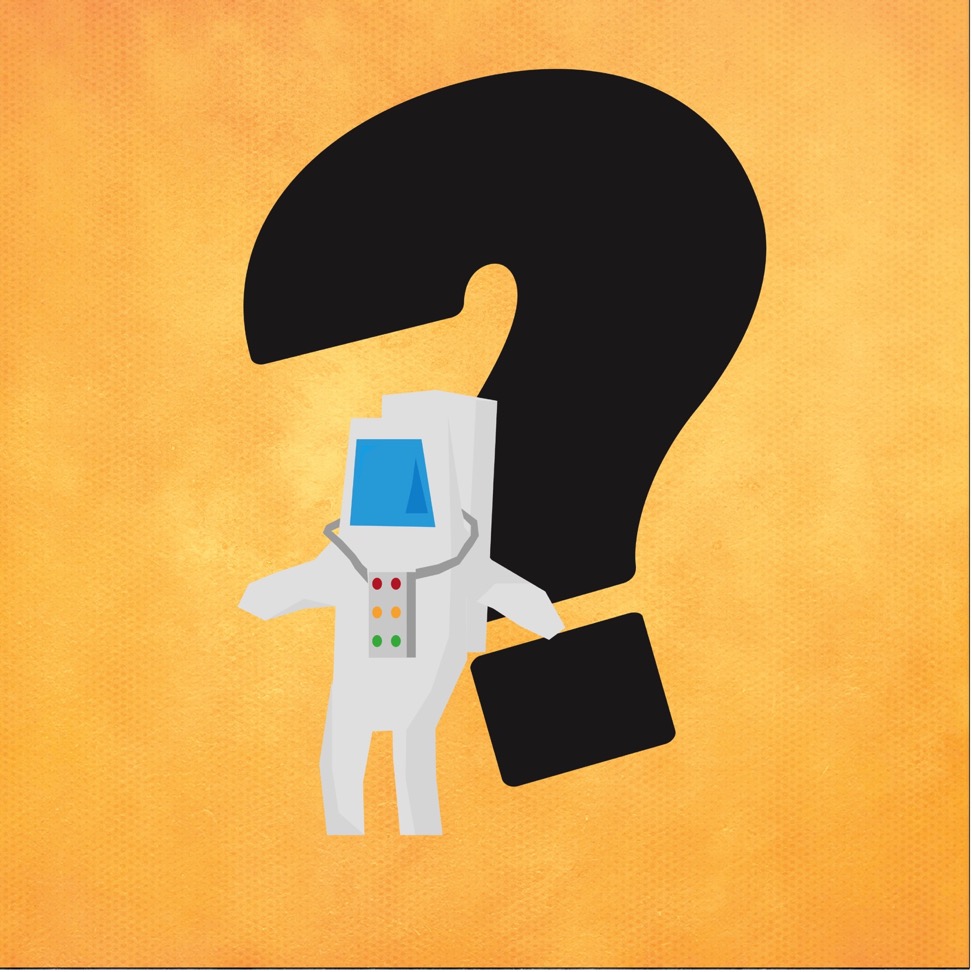
WHAT IS AN ESCAPE ROOM?
Escape rooms are a new, fun, and immersive way forpeople to play. They provide a venue for players to work togetherto overcome an exciting challenge - a challenge you will make!
Despite their name, escape rooms do not need toactually involve escaping.
Escape rooms all operate with the same core idea:players are put in a room with a series of puzzles or challengeswith the goal to complete them all. If they do all of the tasksbefore the end of the allowed time they win the game (i.e. escape).Sometimes the victory condition for a room is physically leavingwhile in other escape rooms it is to complete a task. A core aspectof these games is that they are played as a team in groups as smallas two, but more commonly done with a greater number of people.
Escape rooms are sometimes known as escape games,exit games, puzzle rooms, adventure rooms, riddle rooms, and manyother names. Currently, there is no consensus on what to call thesetypes of games but escape rooms are presently the most common basedon feedback from escape room owners.; where used the term "escape game"refers to larger concept of the genre.
The first wave of escape rooms were rooms whichpeople enter and are tasked with "escaping". The current wave ofescape rooms are much more. They are not inherently about escaping;instead, they are exploring new ways of creating immersiveexperiences using game mechanics. There are an infinite number ofvictory conditions available to players - escape rooms are nolonger only about escaping they are about winning.
The first wave focused on logic puzzles and randomactivities for players to complete. The present wave has focused oncreating rooms that are more immersive to all senses. It is notrare to find movie-caliber props and decorations in escape rooms,nor is it rare to find rooms with polished introductory videos.Over time the level of care and detail put into a room hasincreased.
As escape rooms (and games) evolve they will bringwith them greater challenges for players will increase the sense ofimmersion for players.
Chapter 2 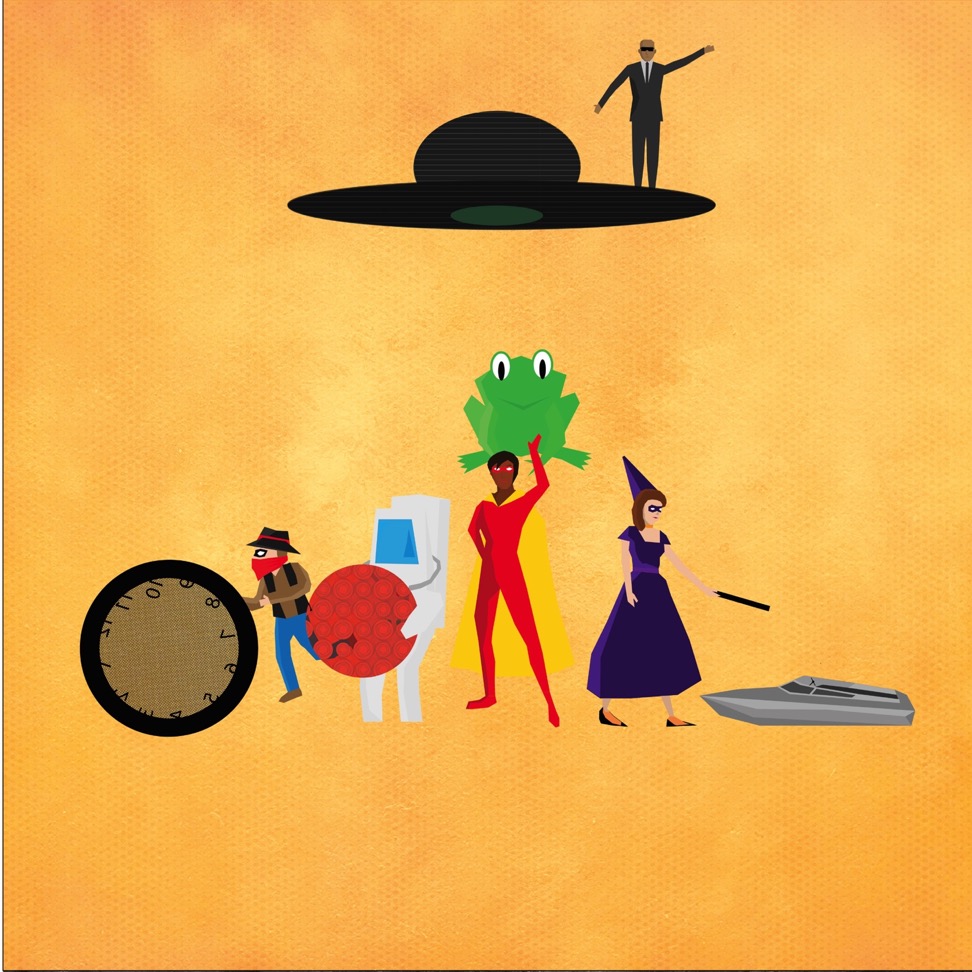 DesigningRooms
DesigningRooms
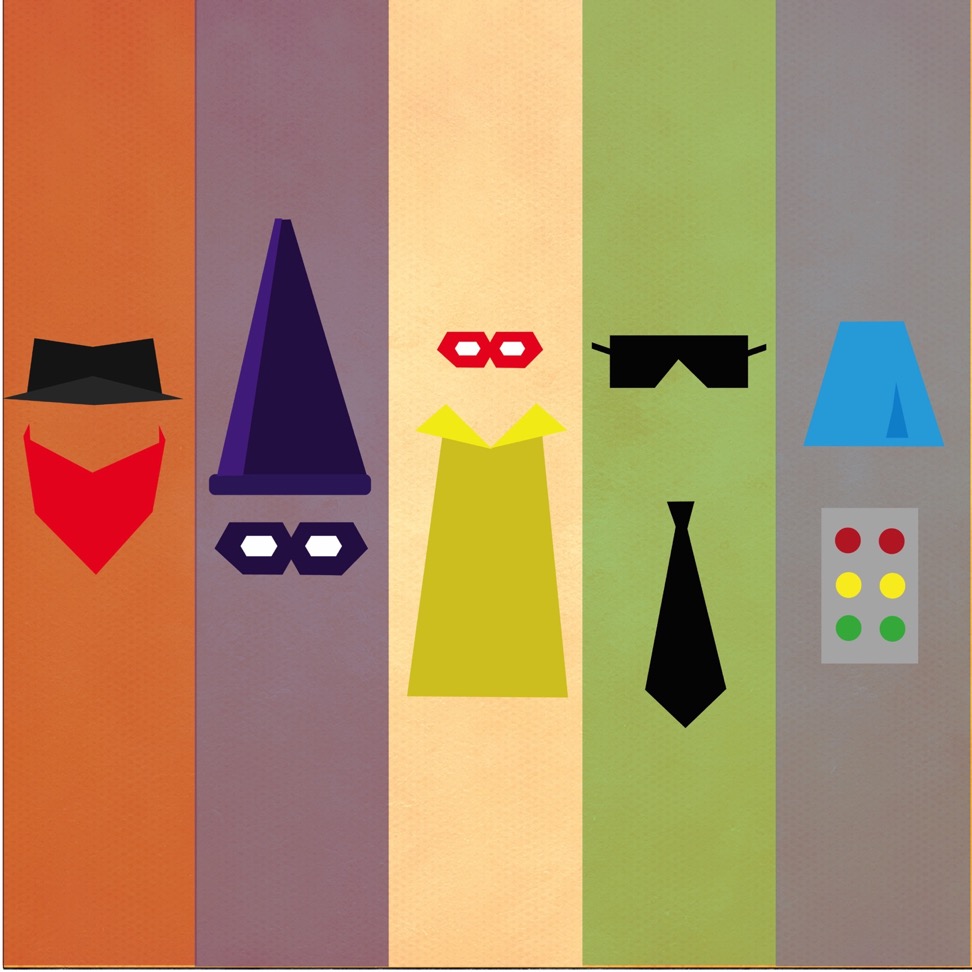
CHOOSING A THEME
What makes a theme
A theme really brings the room together. A themeprovides context between all of the elements that go in to a reallygood escape room experience.
Simply put, themes are how you convey the narrativeand justify the challenges the players must experience; a theme isthe context of the entire room. The theme matters (and starts)before the players even start playing. Your location and thepregame room can be themed to match the game and add immersion tothe whole experience.
A strong theme can even be used to attract newplayers. For example, people who are interested in Egyptology orhistory would likely be drawn to a room themed like a mummy cryptmore than other themed rooms. Use your location to your advantage -particularly if you have a space that lends itself to a particulartheme.
The themed experience of your game can matter morethan the puzzle design if the presentation is well done. Indeed,the theme can even cover for mistakes made in the puzzles (orelsewhere during the players experience). This is because peopleessentially love to look at and play with shiny things - thiscannot be underestimated. However, you shouldn't rely on the themeto make a good experience itself. All of the elements of the roomshould work together and theme on its own, even if impressive, canleave some players wanting more.
Next page
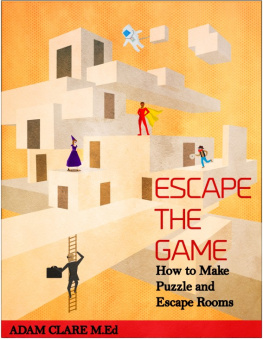

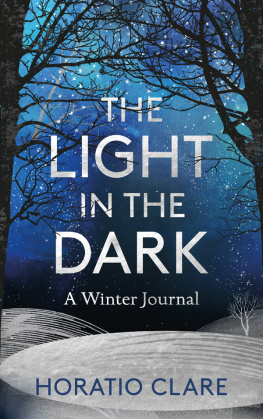

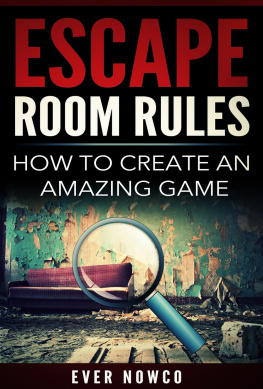
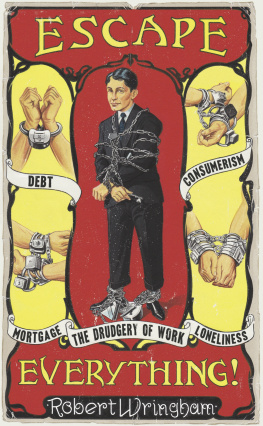
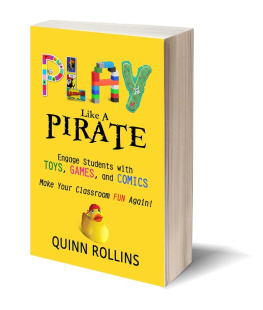
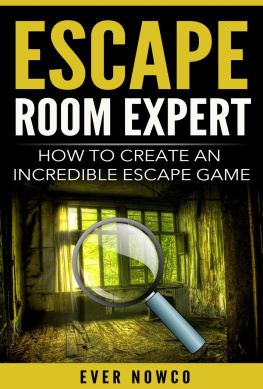

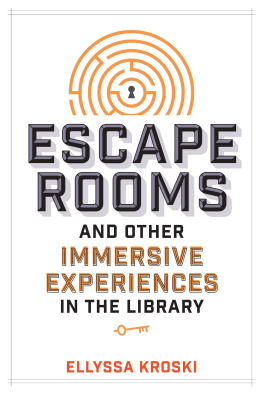
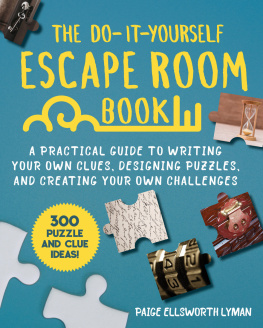
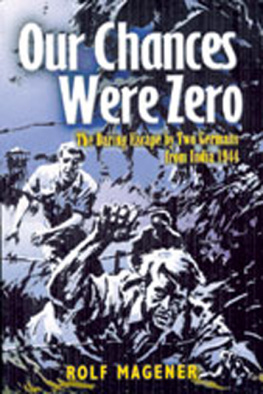
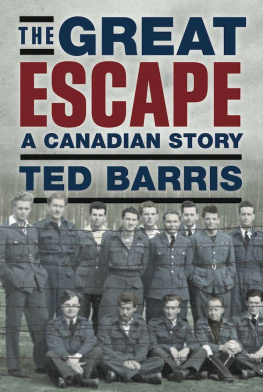
 Introduction
Introduction

 DesigningRooms
DesigningRooms